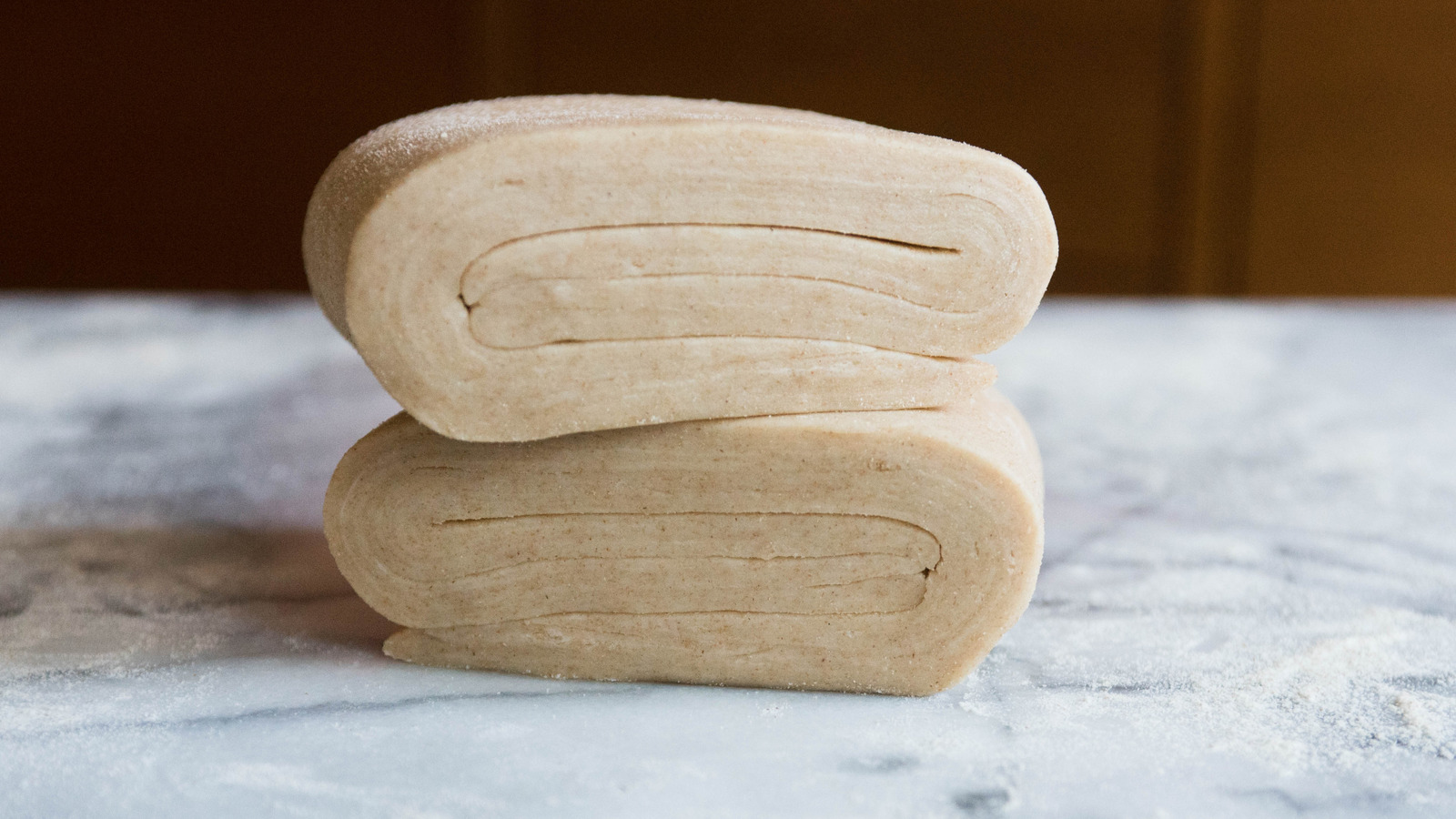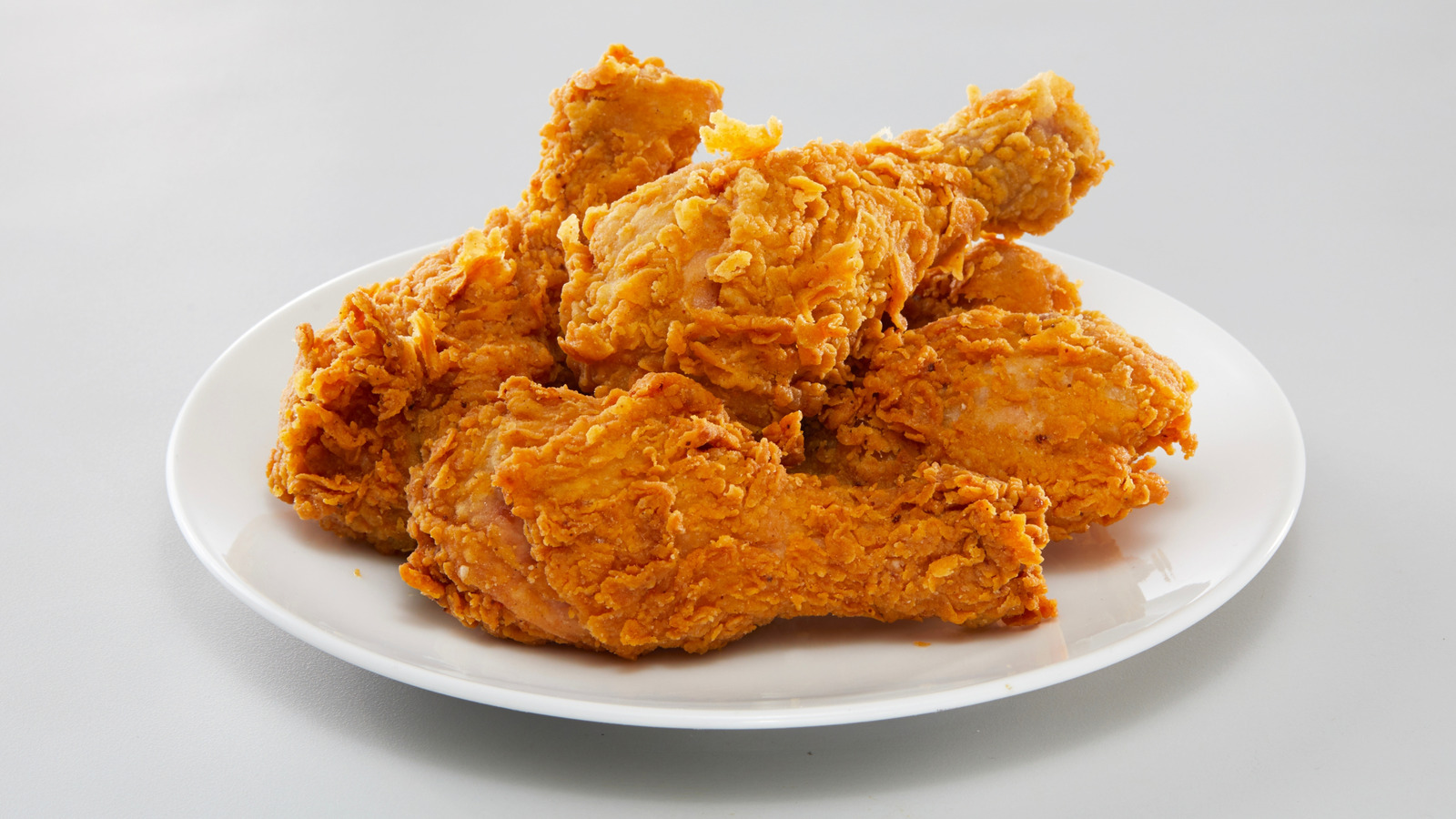 illustrations by Holly Stapleton
illustrations by Holly Stapleton
I know my way around the woods pretty well. I can walk the path to the lake near our house in the dark without a flashlight—my feet know the way. Around my family’s cabin in Ontario, there are more than 100 acres to explore, crossed by deer trails, creeks and valleys. I’ve been tromping over that land for my whole life, so it was a shock when I got lost last winter. Late one bright, frigid afternoon in February, my two daughters, ages 9 and 12, my husband, Steve, and I strapped on our snowshoes and headed northwest from the house. While making our way up the long, gradual slope, we stopped to look at the convoluted trails of mice running between trees, to investigate lichen and bracket fungi, and to adjust the kids’ snowshoes when they came loose. As the shadows started to lengthen, we moved farther up, clambering around fallen trees. Weariness began to outpace enthusiasm. At the top of the ridge, we came to a stand of hemlock, where we discovered a couple of deer beds under the delicate branches. When had the animals last been there? Would a fawn snuggle up on its own in a small spot or beside its mama in a big one? We knew there were wolves around; we’d seen the remains of their deer kill a few weeks earlier. In the shade of the dense cover, our feet and fingers started to feel cold. We decided to head back, but rather than backtracking, we’d make a loop and trek down the steep side of the hill. I had a general sense that ahead lay the creek that leads to the valley, so we trudged onward, trusting that the stream would funnel us to the road, where the going would be easier. We made our way down the hillside, into the glow of dusk, leaping from boulders into the deep, powdery snow, shouting and laughing. We picked up sticks and became Jedi, exploring our way through a strange, frozen planet. As the terrain levelled out in the valley, I felt my first pinprick of doubt. Everything looked flattish, the ground disguised by deep drifts. Where was the creek? Had we veered off course? I pulled out my phone to get my bearings, but it died in my hand. That pinprick of doubt now felt more like panic: I didn’t even bring snacks. Or a flashlight. No one even knows we are out. It’s getting dark. We are going to die here in the woods. “Most of us have boundless confidence that we can figure out where we are,” says Colin Ellard, a professor of psychology at the University of Waterloo in Ontario. He tells me about a park ranger who was lost in the woods but was so sure he knew where he was that he decided his compass was wrong. “So he destroyed it—smashed it on a rock—because he was so frustrated,” says Ellard. “He thought, I know this way is north, but the compass was telling him it was this other direction.” Now that ranger always takes two compasses into the bush. It’s comforting to hear that even experienced outdoors people can get disoriented. Depending on factors including age and genetics, people’s ability to navigate varies considerably, says Giuseppe Iaria, a professor of cognitive neuroscience specializing in spatial orientation at the University of Calgary. “If you take 100 people, the majority are going to be within a wide, normal range, with some people quickly becoming familiar with their environment and some taking five to 10 times longer,” he says. Only one or two per cent of people have a profound inability to find their way, even in extremely familiar environments, such as their workplace and neighbourhood. In the 1970s, scientists studied rats to try to understand how the brain navigates. The researchers observed that certain cells in the hippocampus would fire when one of the rats was in certain locations. Over time, more research supported the idea that the brain might form some kind of cognitive map. In the past 50 years, Iaria says, we’ve learntthat it’s not just these ‘place cells’, as they are called, that help form mental maps by recognizing places. Our brains also contain directional cells, which help with orientation by firing when looking one way versus another; border cells that help with spatial recognition, which fire when walking around the boundaries of a space; and grid cells, which fire at regular intervals and generate a grid-like mental map to help with spatial awareness. All these cells work together to help animals, including us, make sense of where they are. Recent research also points to the existence of time cells, which help us locate our memories not only in space but in time. “The hippocampus seems to be a central clearinghouse for understanding where we are in the world,” says Ellard. “Ideally placed near the centre of your brain, it receives a huge number of inputs and helps create the story of where you are and how you got there.” So that’s where the magic happens. But how does it happen? The strategy we most commonly use in getting around is procedural memory. Akin to muscle memory, it lets us, say, drive to work while listening to the radio. We don’t need to think—we’re on autopilot. “It’s a system for the brain to keep up without using higher cognitive functions and becoming exhausted,” says Iaria. Assume that in your neighbourhood you have four places you go: your house, the store, the bank and the bus stop. Your brain can easily remember the paths between those points because you’ve walked them hundreds of times. But what about the places we only go on occasion? That’s where the cognitive map comes in. Says Iaria, “It allows us to go from place to place without having too much load on our memory.” The cognitive map allows us to link up locations in our minds to form a spatial understanding of our surroundings. Because it’s dynamic, you can still direct yourself to the target location. In the woods, “the cognitive map is what’s going to save your life,” Iaria says, not following one trail you’ve taken for 20 years. When you rely on procedural memory, you can go out in the dark, but as soon as you get off that trail—say there’s a tree blocking it, or you followed an interesting set of animal tracks—suddenly you don’t know your way back. A cognitive map is more robust—and made stronger each time you move around in it. But these maps don’t always keep us from getting lost, says Ellard. “Often they only have a vague resemblance to reality, the way a subway map is a boiled-down geometric map.” Unfortunately, that was the case for me that afternoon in the woods. I didn’t have a procedural memory or a robust cognitive map to rely on—we were in unfamiliar territory. You’d think it wouldn’t be that hard to keep a running tally of where we are by remembering where we’ve been and how we got there. But whether you’re walking in a forest or up a mountainside, or are in a boat in a fog, holding course can be extremely difficult. It relies on a skill that we humans are not very good at, according to Ellard. Called path integration, it gives animals information about how far they’ve gone from a starting place by keeping track of and integrating their own motion over time. Ellard says path integration is very difficult, and that once the mental representation of the path is lost, it’s unlikely to be recovered. So what other tools can we rely on? Paying attention to landmarks that help orient you is another strategy the experts recommend. “It’s easier in an urban environment to identify landmarks, such as a Starbucks or ‘the beautiful red building,’ ” says Iaria. The challenge when you’re in the forest or the mountains is to find the equivalent of the beautiful red building. How? The trees may look the same superficially, but once you remark on the details that make one tree, one rock, one bend in the creek different from another, you can use them as landmarks. You must consciously look for these critical details. That day, as we went up the hill and away from the house, my cognitive map grew increasingly fuzzy, like crossing onto the part of an old-timey explorer’s map labelled “Here be dragons.” My family and I were paying attention to the details around us—the fungi, the fallen trees and the mouse trails. But as soon as we decided to head down the hillside rather than turning back the way we came, we left our landmarks behind and had to forge our way across a snow-covered landscape where everything looked the same. By now, you know I lived to tell the tale. So what was it that got us back on track? If it wasn’t the cognitive map, procedural memory, path integration or landmarks, how did we do it? Fearing we were turned right around, I reflexively looked to my phone’s GPS, only to be let down as my phone died. GPS is a useful crutch, one that has often helped me get unlost in the city and along unfamiliar country roads. Before phones got so smart, I would chart my route on the paper map I kept in my glove compartment and stop along the way to check my progress or ask for help. With the ubiquity of GPS on our phones, are our brains out of practice? Even lazy? If we rely on GPS, “we are going to lose some of those skills,” Iaria says. The brain is constantly optimizing. That’s useful if you want to pick up a new skill—or learn new directions. Numerous studies have been done on the hippocampus, including famous experiments with London cab drivers who undergo arduous training in wayfinding to prepare for a rigorous test dating back to 1865 known, charmingly, as ‘The Knowledge’. The research found that learning the city’s layout and its many routes (without using GPS) seems to strengthen the drivers’ brains, changing them physically. “But the bad news is that the brain does not like to waste resources,” Iaria says. If you’re not using those important skills, the connectivity that supports that behaviour is not there anymore. “It’s use it or lose it,” says Iaria. “If there’s brain function, it’s there for a reason. If there’s no function, it gets reorganized into something else.” So if we’re using GPS all the time, we’re not keeping up our navigation skills. Researchers at McGill University in Montreal found that the more people used GPS, the worse their spatial memory became when navigating without it. Furthermore, they found a noticeable decline in the spatial memory of people who used GPS over a three-year period. So if we don’t want to lose our skills, should we stop using GPS altogether? Navigation is a challenge for many people, especially at a time when we travel far and fast, so there’s no problem with getting help from devices. “I use one myself,” Iaria admits. “I just use it strategically—to keep from being late, or if I don’t need to know where that place is because I won’t be there again.” On the other hand, there are times when we should practise without that crutch. “If I’m in a new town and have dedicated time to explore, I don’t use GPS,” Iaria says. “I may use a map to get a sense of where things are, but that’s where it’s important to use our cognitive skills.” He suggests strategies such as exploring a small area, learning to discern landmarks as you go and expanding from there. As you explore, you learn to connect landmarks. In a new place, you can practice building a cognitive map. That afternoon, after my phone died in the cold, I quietly admitted to Steve that I wasn’t sure where we were. He calmly assured me to stay the course. We kept walking—with me trying not to freak out—and suddenly made out the curve of the road, lit slightly brighter where the tree canopy parted. Everything snapped back into place. My brain made a connection between my current location and a familiar place on my cognitive map. I recognized where I had been, and my paths became aligned, allowing me to find my way without feeling lost. It’s an embarrassing story to tell, especially because we came out to the road almost within sight of the house. But that embarrassment taught me an important lesson: I will learn to be more like the mice whose trails we saw in the snow. I’ll add my own criss-crossed tracks all over the forest floor, connecting trees and rocks in my mind, and build a map where no dragons can hide. @2022, Liann Bobechko. From Off the Map, Cottage Life (May 2022), cottagelife.com.


 10 months ago
41
10 months ago
41











 English (US) ·
English (US) ·